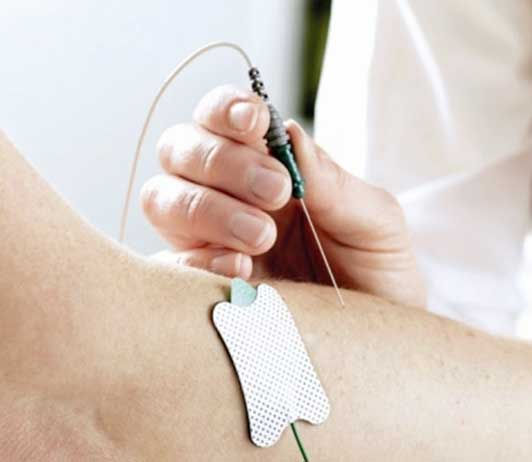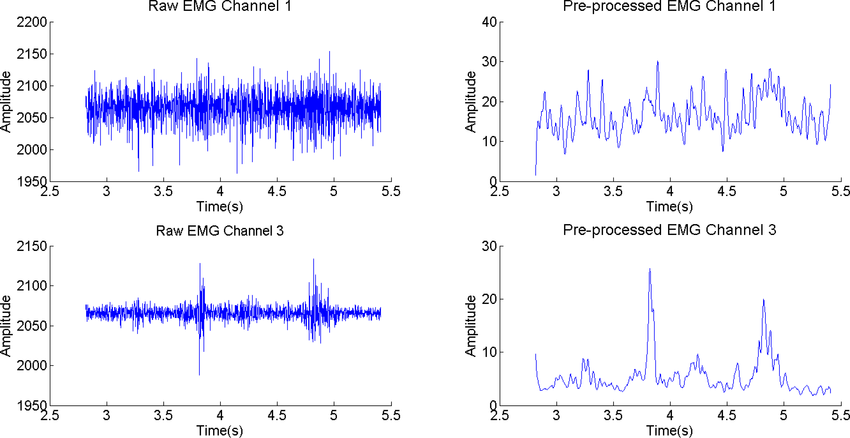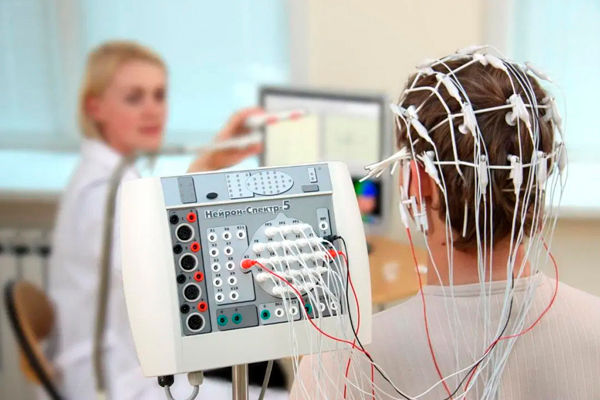
WHAT DOES IT CONSIST OF?
Study that evaluates the electrical activity and conduction of nerve roots and peripheral nerves, is not an image study; it uses a gun that causes electric shocks and then a needle is used with which no electric touches are given, but if it gets into several muscles. It’s an annoying study but it’s tolerable, it doesn’t require sedation.
WHEN IS IT INDICATED?
It is a study that is usually indicated by another specialist such as traumatologist, rehabilitation doctor, neurologist, pediatrician, among others. But you could go to perform it if you have alterations in the sensitivity in arms or legs, suspicion of sciatica, burning neck pain radiated to an arm
WHAT DO YOU DIAGNOSE?
-
Spinal root alterations (radiculopathy)
-
carpal tunnel
-
brachial plexus disorders
-
nerve entrapments
¿Cuáles son las indicaciones?
-
Si tomas un medicamento llamado Mestinon (piridostigmina), debes consultar específicamente si debes interrumpir el medicamento para el examen.
-
Dúchate o toma un baño poco antes del examen para eliminar los aceites de la piel.
-
No te apliques lociones ni cremas antes del examen.
Otras precauciones
-
El especialista en sistema nervioso (neurólogo) que realiza la electromiografía deberá saber si tienes ciertas enfermedades. Bríndanos al neurólogo y al personal de electromiografía la siguiente información:
-
Si tienes un marcapasos o cualquier otro dispositivo médico eléctrico
-
Si tomas medicamentos anticoagulantes
-
Si tienes hemofilia, un trastorno de coagulación de la sangre que provoca sangrado prolongado




ELECTROMYOGRAPHY
WHAT DOES IT CONSIST OF?
Study that evaluates the electrical activity of the brain, (does not cause any pain) is performed by placing several electrodes in the head that are in turn connected to a computer, in it are recorded the changes that occur, the patient must be relaxed and may even sleep during the study
WHEN IS IT INDICATED?
It is advisable to perform in patients with symptoms of deterioration of the level of consciousness, loss of intellectual faculties (loss of memory, dementia) or episodes that lead to suspected seizures (epilepsy is a disease in which the brain abruptly discharges electrical impulses producing the attacks).
WHAT DO YOU DIAGNOSE?
It is able to determine changes in brain activity that may be helpful in diagnosing brain disorders, especially epilepsy or other seizure disorders. An EEG may also be helpful in diagnosing or treating the following disorders:
-
Brain tumor
-
Brain damage from head injuries
-
Brain dysfunctions that can have various causes (encephalopathy)
-
Inflammation of the brain (encephalitis)
-
stroke
-
Sleep disorders
¿Cuáles son las indicaciones?
-
Para una ejecución correcta de la prueba, es necesario que la cabeza esté limpia y libre de productos como gel o lacas. Se aplican sobre la cabeza del paciente electrodos de copa.



